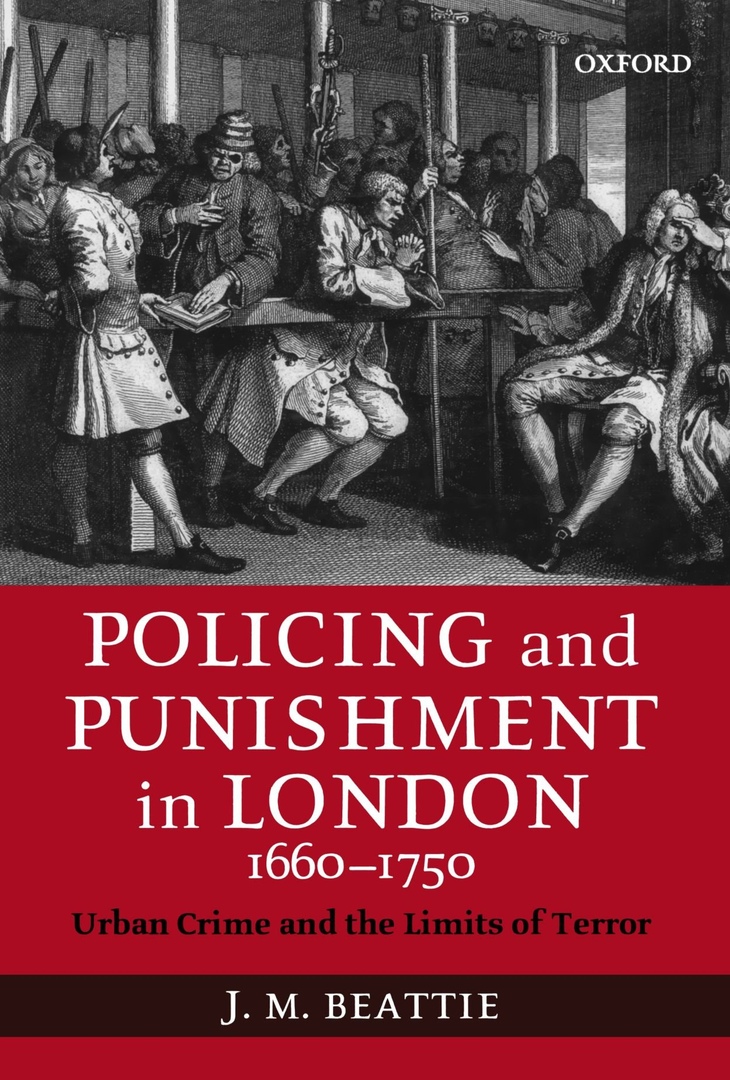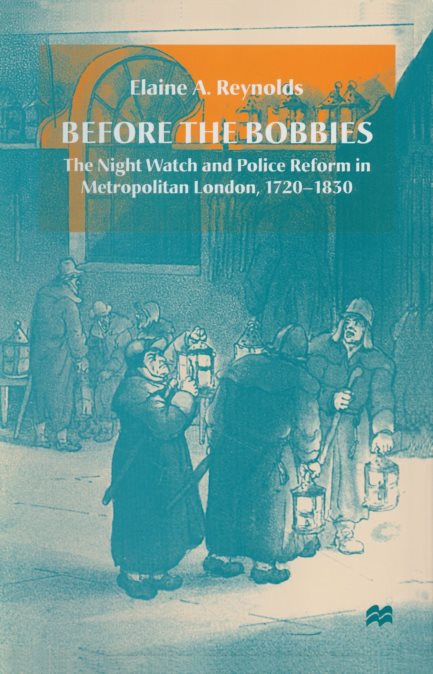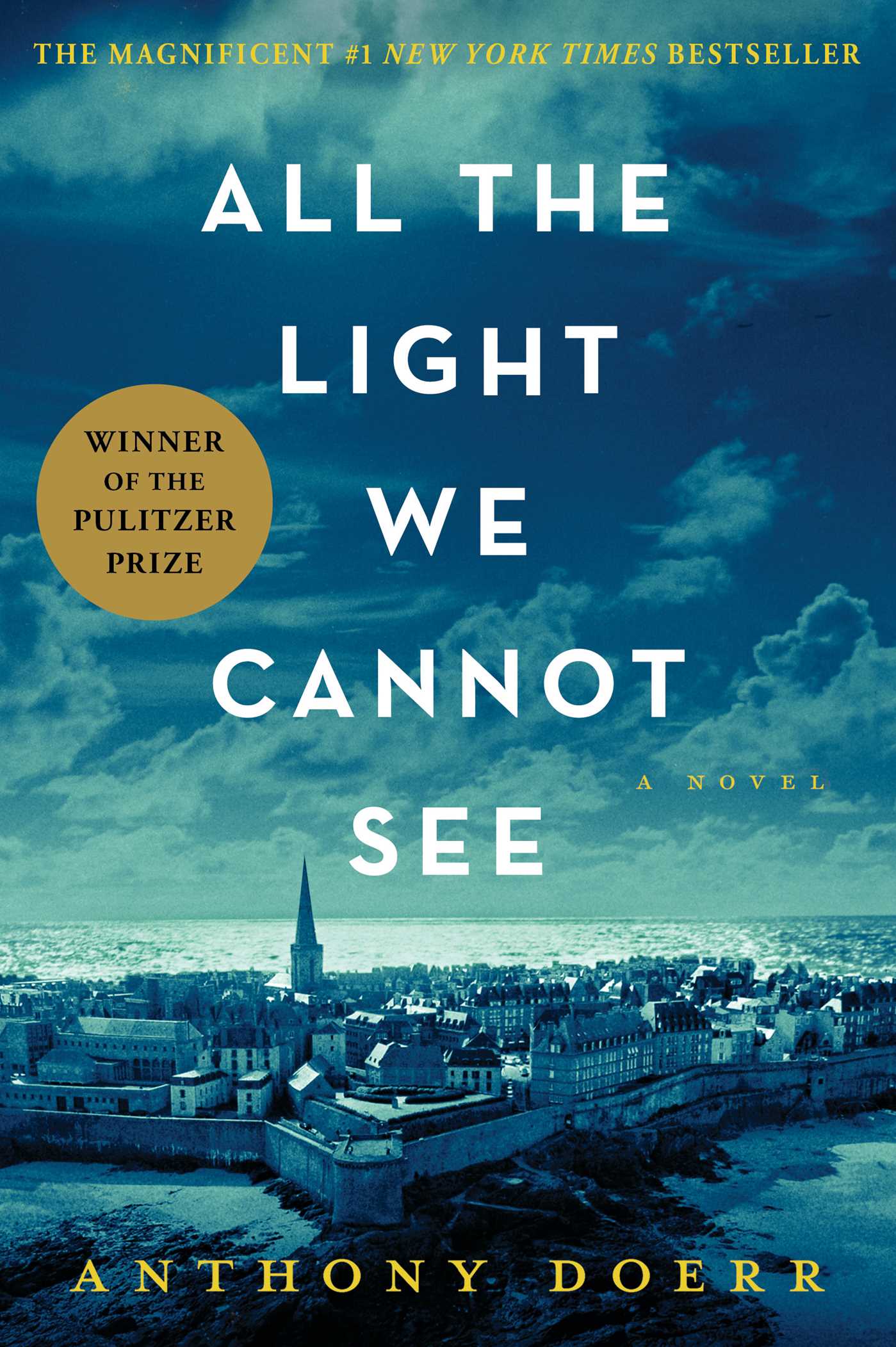Policing and Punishment in London, 1660-1750:
1) Policing and Punishment in London, 1660-1750: Urban Crime and the Limits of Terror – J.M. Beattie
Oxford University Press | 2003 | PDF
This study examines the considerable changes that took place in the criminal justice system in the City of London in the century after the Restoration, well before the inauguration of the so-called ‘age of reform’. The policing institutions of the City were transformed in response to the problems created by the rapid expansion of the metropolis during the early modern period, and as a consequence of the emergence of a polite urban culture. At the same time, the City authorities were instrumental in the establishment of new forms of punishment — particularly transportation to the American colonies and confinement at hard labour — that for the first time made secondary sanctions available to the English courts for convicted felons and diminished the reliance on the terror created by capital punishment. The book investigates why in the century after 1660 the elements of an alternative means of dealing with crime in urban society were emerging in policing, in the practices and procedures of prosecution, and in the establishment of new forms of punishment.
2) Before the Bobbies: The Night Watch and Police Reform in Metropolitan London, 1720-1830 – Reynolds, Elaine A.
Palgrave Macmillan UK | 1998 | PDF
The famed Bow Street Runners were not the only “police” in eighteenth-century London. This book examines the night watch system, the locally controlled regime of law enforcement that provided professional policing in the areas of metropolitan London outside the City of London until 1829, the year in which Sir Robert Peel established England’s first centralized police force (the Metropolitan Police, known as Scotland Yard).
The process by which the night watch was transformed into a professional police force began in the 1730’s with legislation enabling local authorities (parishes and vestries) to tax residents for policing services. Thereafter, local authorities experimented with and developed many of the techniques that are now associated with modern policing, including the use of professionals, beat systems, uniforms, and a hierarchical chain of command. What emerges from the author’s detailed examination of the decades of local police reform and development in the period leading up to the 1829 Metropolitan Police Act is a much fuller picture of the origins of modern policing, along with a revised understanding of the background to the Act.
Loyal forces had become increasingly diverse, making centralization a key issue, and reformers were also driven by concerns about ordinary property crime and fears of radicalism. The book thus addresses several important historiographical issues surrounding the origins of modern state authority, and shows that the early modern British state was more responsive to urban problems than has previously been acknowledged.
 1 / 2
1 / 2 2 / 2
2 / 2


